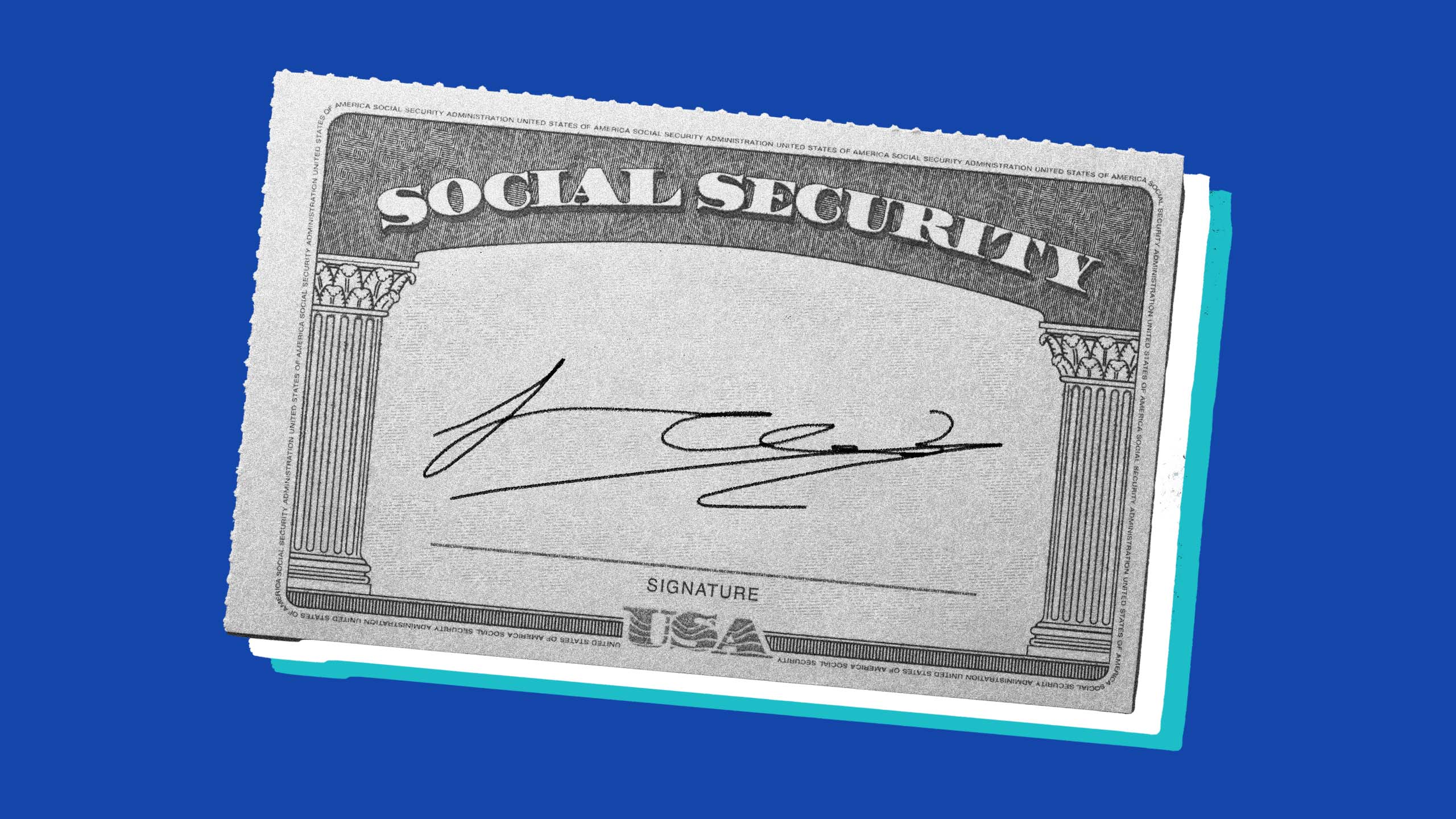Trans Americans will now be permitted to self-select their gender in Social Security records, according to a new policy rolled out this week by the Biden administration.
On October 19, the Social Security Administration announced that, effective immediately, trans people will no longer have to provide medical documentation affirming their gender when applying for a Social Security card. In the United States, a valid Social Security card is necessary when seeking most forms of employment or government benefits, purchasing a car and obtaining insurance.
The Biden administration confirmed that applicants will not be blocked from identifying their gender if their identities do not match other forms of identification they provide, such as driver’s licences or state IDs.
“The Social Security Administration’s Equity Action Plan includes a commitment to decrease administrative burdens and ensure people who identify as gender diverse or transgender have options in the Social Security Number card application process,” said Kilolo Kijakazi, acting commissioner of the Social Security Administration, in a Wednesday press release.
Currently, a gender marker is not printed on physical Social Security cards in the U.S., although that information is kept in the agency’s database. Individuals who wish to correct the gender listed in the agency’s internal records will need to apply for a replacement card and provide their updated information.
For now, these changes only apply to trans people who identify within the gender binary. There is no option for an “X” marker when applying for a Social Security card, although the Biden administration said it is currently exploring that possibility.
The announcement is just the latest decision from the Biden administration intended to better reflect the lives and experiences of trans and non-binary Americans. In June 2021, the White House announced that “X” gender markers on passports would be available to the public in April 2022. Last October, the first-ever non-binary U.S. passport was issued to Dana Zzyym, an intersex activist who sued the State Department over its refusal to allow them to apply for an “X” marker.
Other U.S. government departments have taken steps toward being more trans-inclusive in their records and official policies. In January, the Department of Veterans Affairs began allowing trans and non-binary veterans to self-certify their gender, and the Department of Homeland Security announced in March that it would institute a “gender-neutral screening” process at all U.S. airports, including in its use of body scanners.
Some critics have taken issue with the fact that “X” gender-markers may open trans and non-binary people to more scrutiny, while others have taken issue with the fact that gender markers are still listed on identification at all.
LGBTQ2S+ advocacy groups have been broadly supportive of the updates, arguing that it will make the lives of trans and non-binary people easier. In a statement following the Social Security Administration’s announcement, the Human Rights Campaign predicted the easing the agency’s application process would “mitigate the risk of discrimination, harassment and violence faced by millions of transgender Americans.
“We continue to urge other administrative agencies to follow suit in adopting inclusive policies that recognize and affirm transgender people,” said David Stacy, HRC’s government affairs director, in a statement.
Having Social Security records that reflect their name and gender identity could also make it easier for trans people to correct other forms of identification, such as their licences and birth certificates. In the U.S., the process of updating birth certificates varies by state: 12 states require proof of partial or completed gender transition, and three do not allow trans people to correct their birth certificates at all.
When trans and non-binary people are forced to present uncorrected documentation, they report often experiencing violence. In a 2015 report from the National Center for Trans Equality, 25 percent of respondents reported experiencing retaliation when using an ID that did not match their physical gender presentation.
In a statement, NCTE policy director Olivia Hunt lauded the Social Security Administration changes and said that more updates are necessary to ensure trans people don’t experience discrimination in their daily lives.
“Making this process faster and more accessible will make the often frustrating and time-consuming process of changing one’s name and gender marker on their identity documents just that much easier,” Hunt said. “We encourage the SSA to continue to modernize their systems by introducing an X gender marker option as well as to create a process for updating personal information on their records without requiring a visit to a Social Security office.”


 Why you can trust Xtra
Why you can trust Xtra


